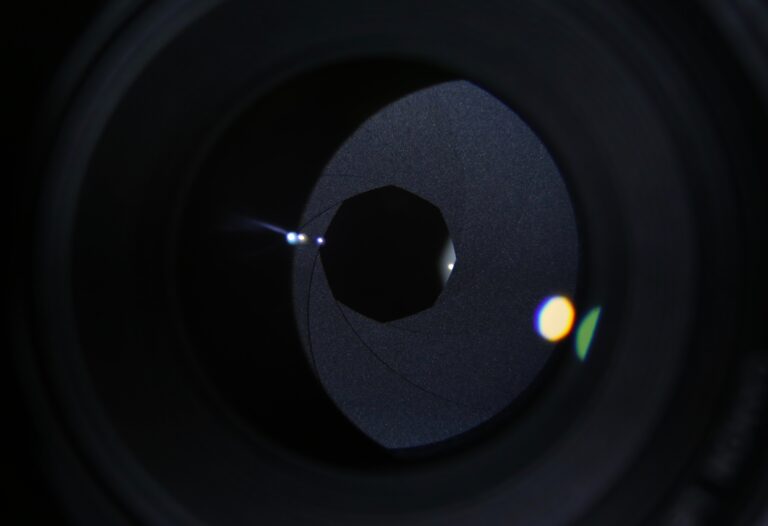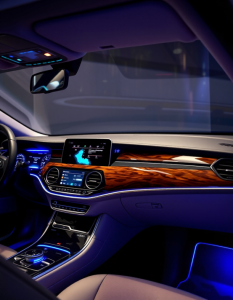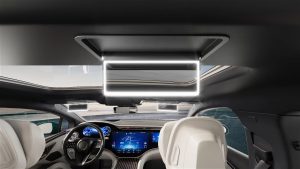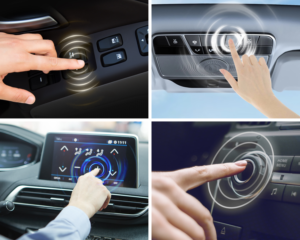3D sensing technology has revolutionized various industries, enabling a deeper understanding and interaction with the world around us. このブログでは, we’ll explore three prominent 3D sensing techniques – 構造化された光, 飛行時間 (ToF), とLiDAR.
構造化された光
Structured Light is a powerful 3D sensing method that employs projected light patterns to reconstruct the shape and texture of objects. A projector emits a structured pattern onto the target object, and a camera captures the deformed pattern. By analyzing the pattern deformation, the system can calculate the object’s depth information.
飛行時間 (ToF)
ToF technology measures the time taken for light or laser pulses to travel from the sensor to the object and back. This enables ToF sensors to calculate the distance to the object and create a 3D depth map. ToF technology is particularly suitable for real-time depth sensing in close and mid-range applications.
LiDAR (Light Detection and Ranging)
LiDAR is an active sensing technique that uses laser pulses to measure distances to objects. By measuring the time taken for the laser to return after hitting a surface, LiDAR can generate detailed 3D maps of the environment.
The evolution of 3D sensing technology has unlocked new possibilities in countless industries. 構造化された光, 飛行時間, and LiDAR have each played a crucial role in enabling 3D perception and depth sensing. テクノロジーが進歩し続けるにつれて, the future of 3D sensing holds even more exciting possibilities for the world of innovation.

